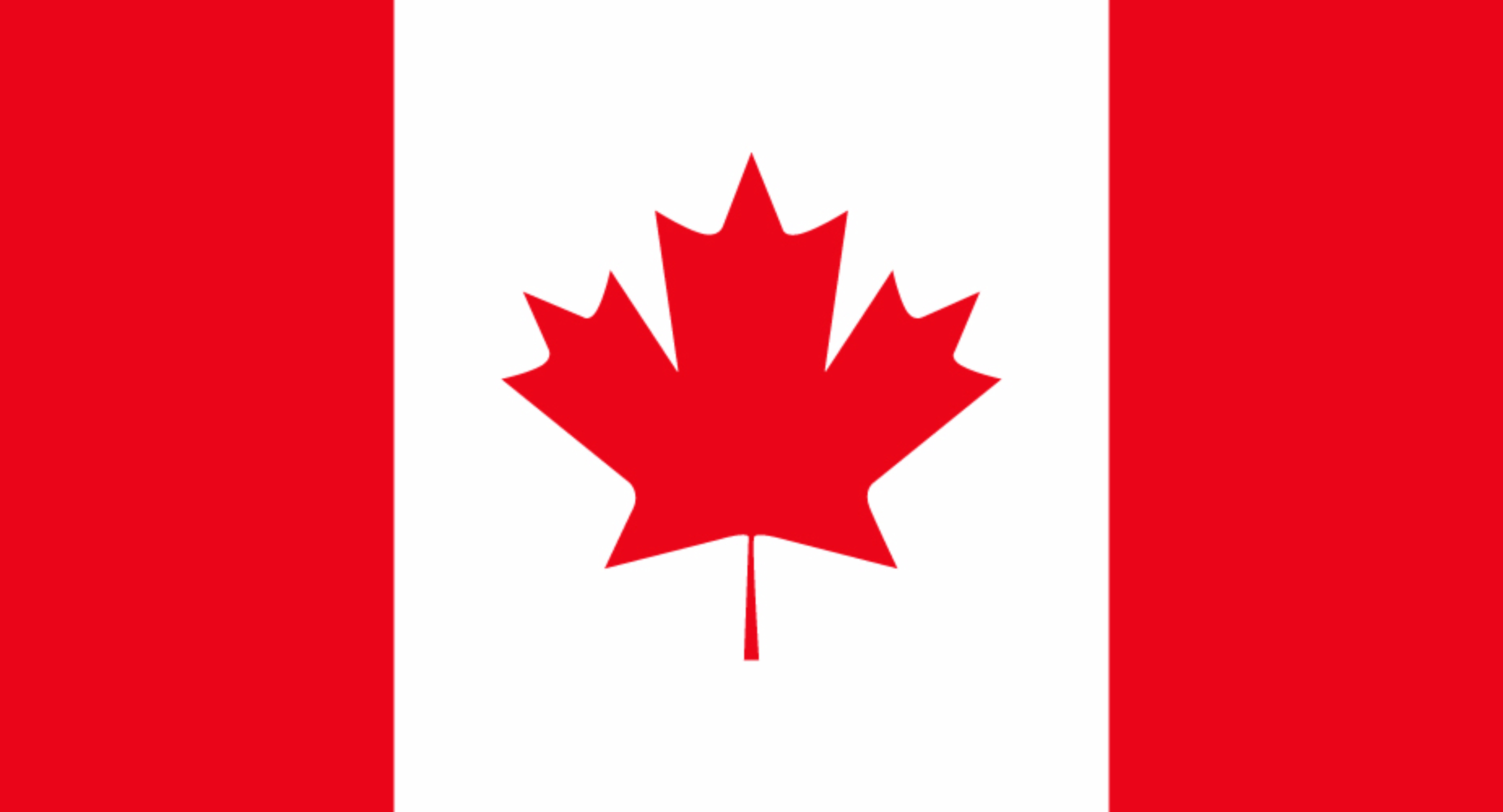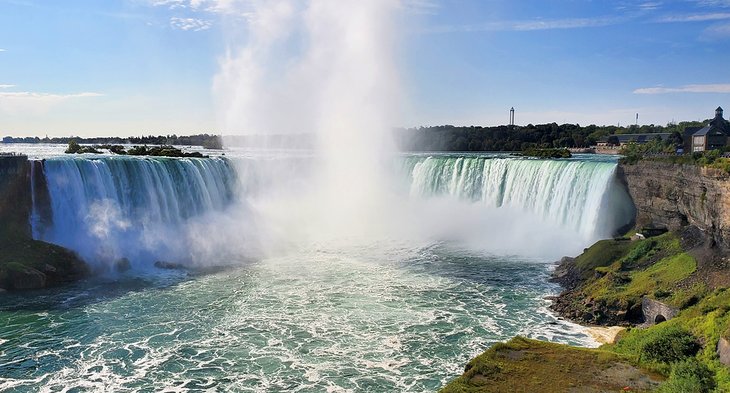Canada, the second largest country in the world in area (after Russia), occupying roughly the northern two-fifths of the continent of North America.
Canada is officially bilingual in English and French, reflecting the country’s history as ground once contested by two of Europe’s great powers.
The word Canada is derived from the Huron-Iroquois kanata, meaning a village or settlement.


The French and British influences are supplemented by the cultures of the country’s Native peoples (in Canada often collectively called the First Nations) and Inuit peoples, the former being far greater in number and the latter enjoying semiautonomous status in Canada’s newest territory, Nunavut.
An estimated 200,000 First Nations people and Inuit were living in what is now Canada when Europeans began to settle there in the 16th century. For the next 200 years the Indigenous population declined, largely as a result of European territorial encroachment and the diseases that the settlers brought.
In southwestern Ontario the Niagara Escarpment is the only significant exposed bedrock structure. This steep cuestaform ridge runs from Niagara Falls to the Bruce Peninsula west of Georgian Bay and on into Manitoulin Island.
There are seven locks between Montreal and Lake Ontario; the Welland Canal bypasses the Niagara River and Niagara Falls between Lake Ontario and Lake Erie with eight locks; and the Sault Sainte Marie Canal and lock link Lakes Huron and Superior.

:max_bytes(150000):strip_icc()/toronto-with-ice-in-the-harbor-516348319-576975c93df78ca6e41cc678.jpg)
The northern two-thirds of the country has a climate similar to that of northern Scandinavia, with very cold winters and short, cool summers.
The central southern area of the interior plains has a typical continental climate—very cold winters, hot summers, and relatively sparse precipitation.
Southern Ontario and Quebec have a climate with hot, humid summers and cold, snowy winters, similar to that of some portions of the American Midwest.
Except for the west coast, all of Canada has a winter season with average temperatures below freezing and with continuous snow cover.